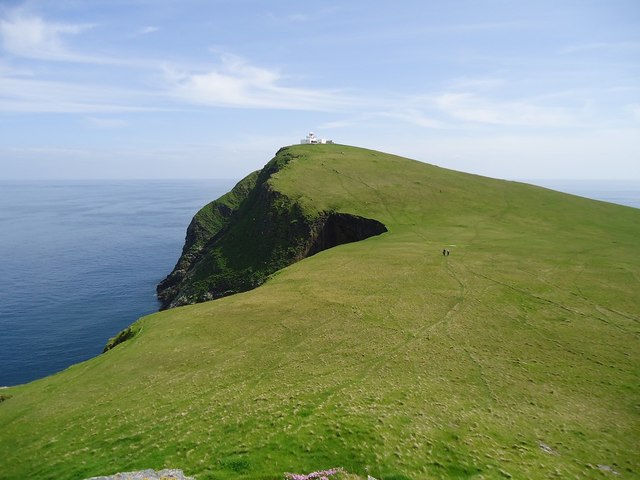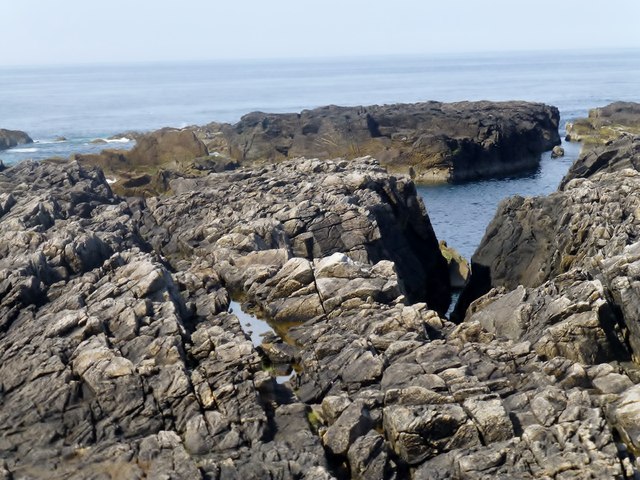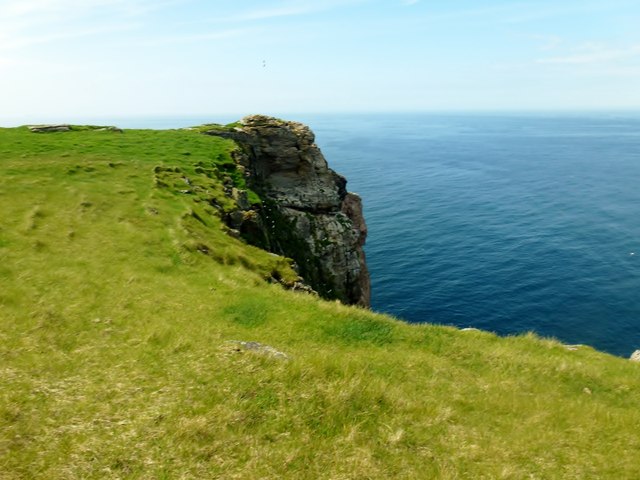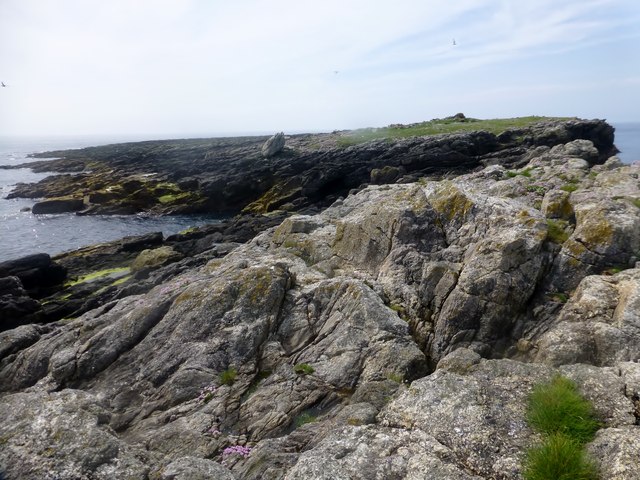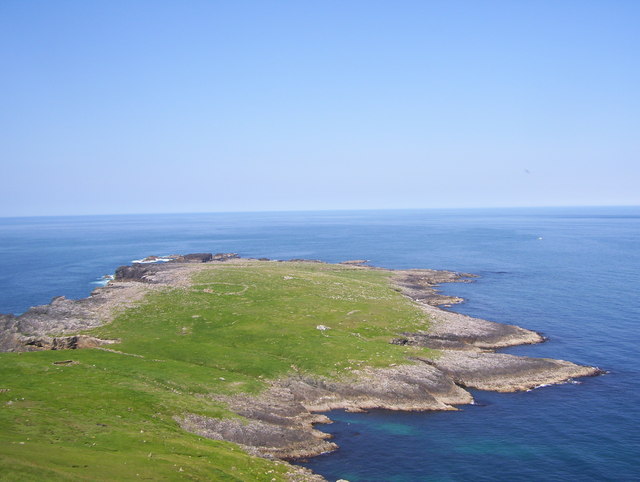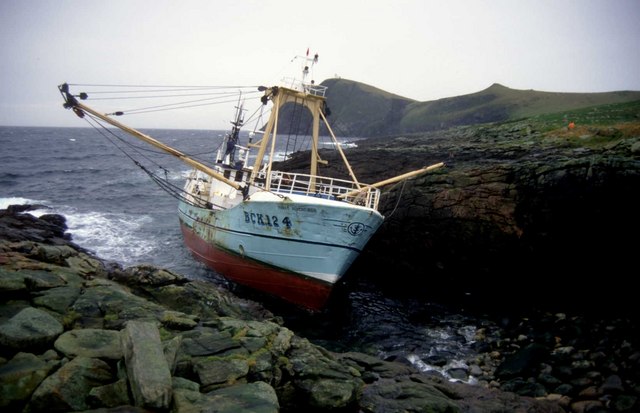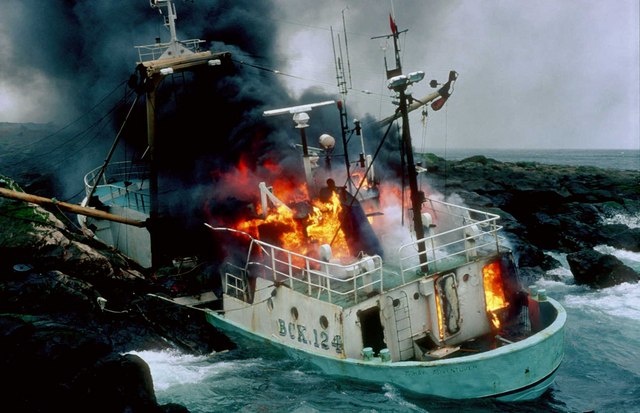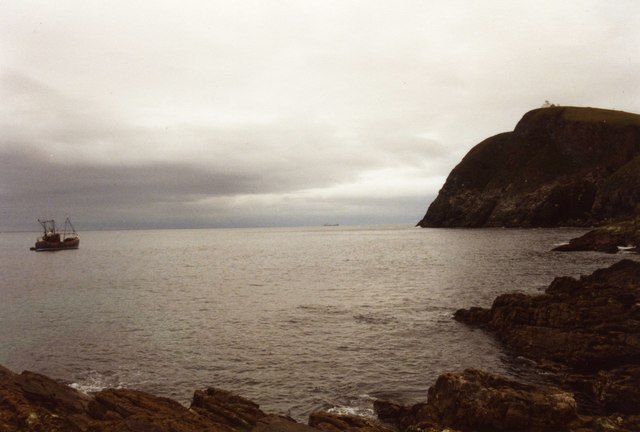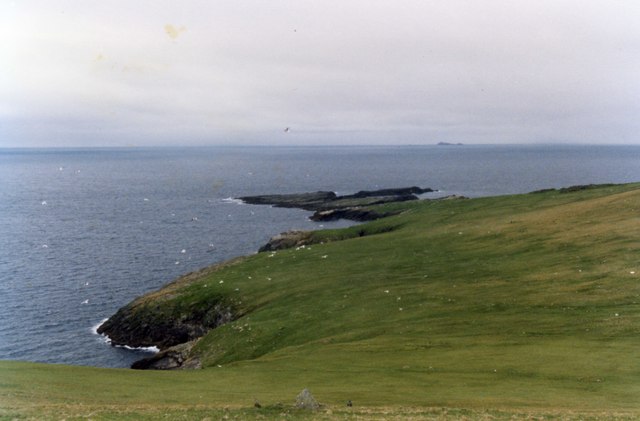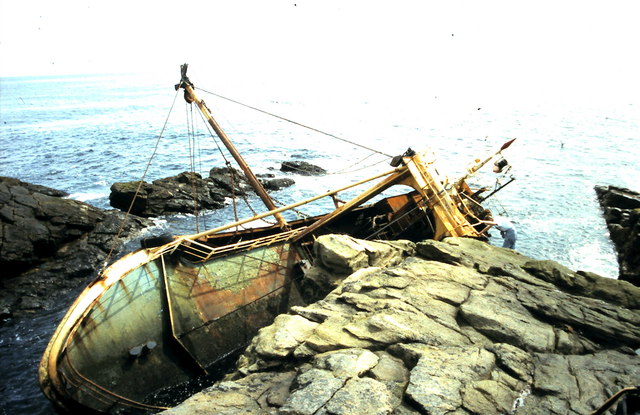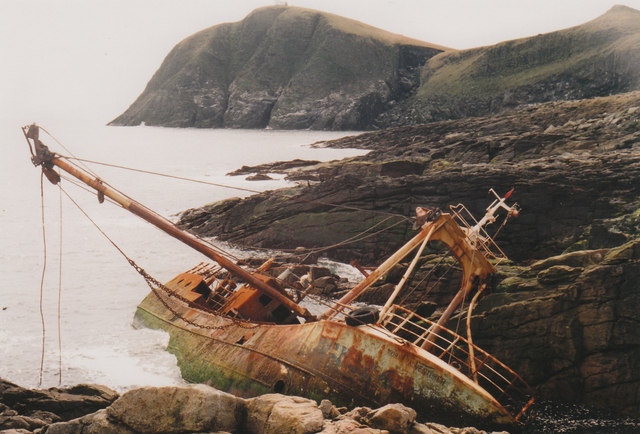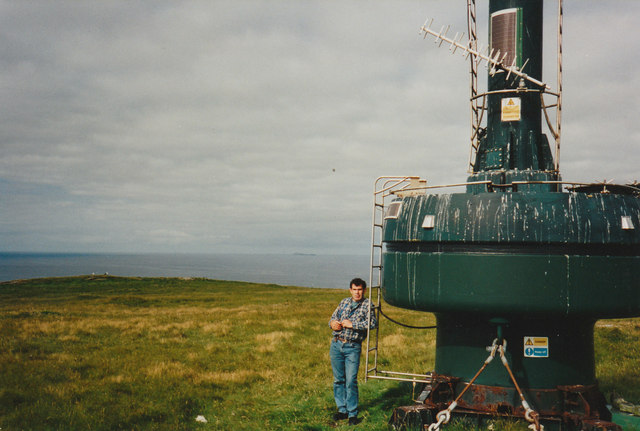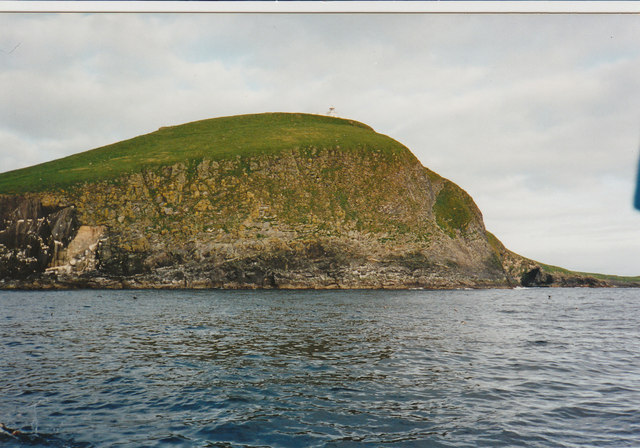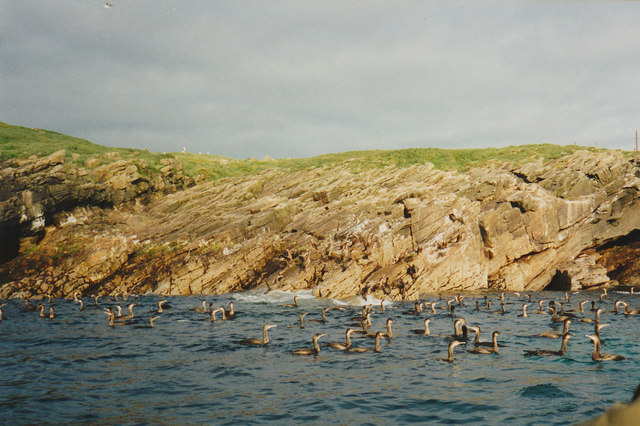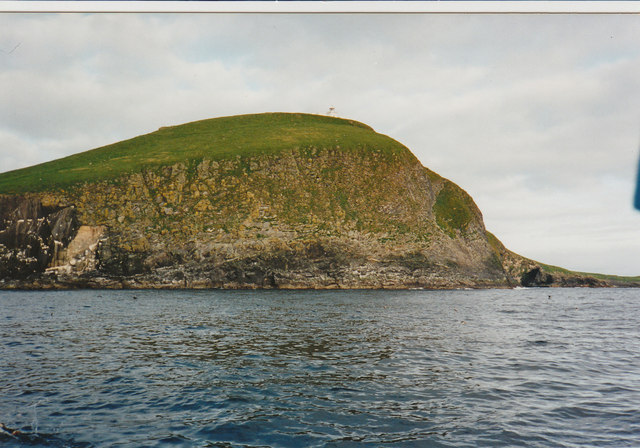Pollan Uisge
Coastal Feature, Headland, Point in Ross-shire
Scotland
Pollan Uisge
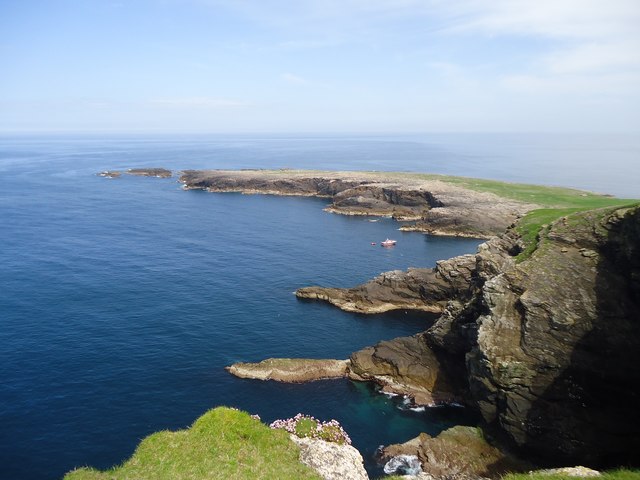
Pollan Uisge is a prominent coastal feature located in Ross-shire, Scotland. It is a headland that juts out into the North Atlantic Ocean, forming a distinct point along the rugged coastline. The name Pollan Uisge is derived from Scottish Gaelic and translates to "waterhole" or "pool of water," which is an apt description of the geological features found in the area.
The headland is characterized by steep cliffs that rise dramatically from the sea, reaching heights of up to 100 meters in some places. These cliffs are composed of ancient sedimentary rocks, which have been eroded over thousands of years by the relentless force of the ocean waves. As a result, Pollan Uisge offers breathtaking panoramic views of the surrounding coastline, with its rugged beauty and dramatic sea stacks.
The headland is also home to a diverse range of flora and fauna. The exposed coastal environment provides a habitat for various seabird species, including gulls, fulmars, and kittiwakes, which nest on the cliffs. Seals and dolphins can often be spotted in the waters below, adding to the area's natural charm.
In addition to its natural beauty, Pollan Uisge holds historical significance. The headland is dotted with remnants of ancient settlements, including stone structures and archaeological sites. These remnants offer insights into the lives of the people who once inhabited this coastal region.
Overall, Pollan Uisge is a captivating coastal feature that showcases the raw power of nature and provides a haven for both wildlife and history enthusiasts alike.
If you have any feedback on the listing, please let us know in the comments section below.
Pollan Uisge Images
Images are sourced within 2km of 59.118768/-5.8238022 or Grid Reference HW8132. Thanks to Geograph Open Source API. All images are credited.
![Tobha Rònaigh A view from the 80 metre hillock towards the summit of North Rona with its lighthouse. Visited on a trip with Sea Harris and Seatrek on a lovely day with less than a metre of swell.
Name: Tobha Ronaigh [Toa Rona]
Hill number: 4956
Height: 108m / 354ft
Parent (Ma/M): none
Area: 24A: Lewis and Nearby Islands
Class: Hu,1
Grid ref: HW818322 (est)
Drop: 108m
Col: Sea](https://s2.geograph.org.uk/geophotos/04/02/58/4025886_727e8459.jpg)
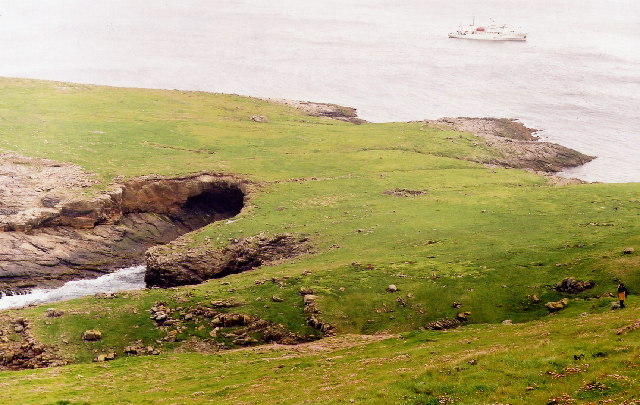
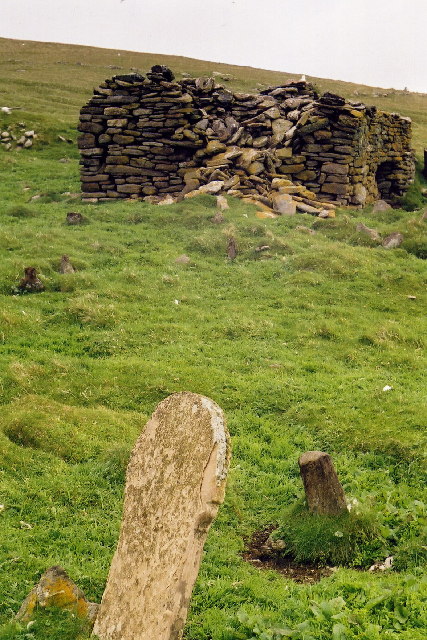
Pollan Uisge is located at Grid Ref: HW8132 (Lat: 59.118768, Lng: -5.8238022)
Unitary Authority: Na h-Eileanan an Iar
Police Authority: Highlands and Islands
What 3 Words
///sprains.ambitions.lance. Near Oldshoremore, Highland
Nearby Locations
Related Wikis
North Rona
Rona (Scottish Gaelic: Rònaigh) is an uninhabited Scottish island in the North Atlantic. It is often referred to as North Rona to distinguish it from the...
Nearby Amenities
Located within 500m of 59.118768,-5.8238022Have you been to Pollan Uisge?
Leave your review of Pollan Uisge below (or comments, questions and feedback).
